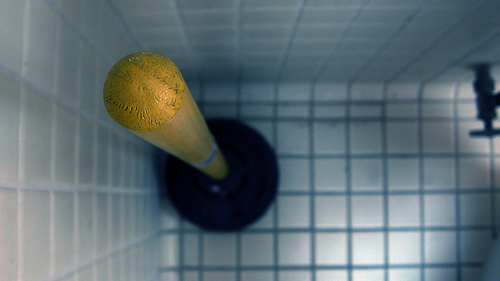While you might not be familiar with the term “plumbing overflow,” you’ve probably encountered a few over the years. If your toilet’s clogged, the bowl starts to overflow when you flush it. That’s a plumbing overflow. If your sink starts filling up when you run the faucet, that’s an overflow. Plumbing overflows can be a lot of trouble, especially since they tend to build up and become worse if you don’t do something about them as soon as you notice a problem. That’s why it’s a good idea to know how to prevent overflows before they become problems.
1. Avoid Clogging the Toilet and Drains
It sounds obvious enough, but many people use their sinks and toilets in ways that make clogs more likely. If you trim your hair by yourself, you can collect the hair clippings in the sink, but you should throw them into a trash can once you’re done. As for the toilet, only flush toilet paper and your regular waste. Don’t flush any pills, kitty litter, tampons, makeup pads, or anything else that should go in the garbage instead. Toilet paper quickly dissolves in water, but other flushed objects can create a blockage.
2. Buy a Plunger

Plumbing overflows that happen close to the drain are the easiest ones to deal with, but you still need the right tools to get the job done. Plungers work by forcing a burst of air through the blockage and dislodging it, although it sometimes takes time and effort to clear the blockage. If you don’t already own a plunger, it’s always a good idea to buy one for every toilet and make sure it’s close by. Doing this will reduce the risk of having the bowl overflow into the bathroom.
3. Use Drain Cleaner
Drain cleaner is an extremely caustic cleaner that dissolves hair, grease, and other organic chemicals. It doesn’t distinguish between living and dead cells, either, so be very careful when you handle it and make sure you follow the directions on the back. Chemical drain cleaners work best when you first notice a clog beginning to form and your sink or bathtub is taking more time to drain out. If the clog is more serious than that, you may need to bring in a professional.
4. Install an Overflow Protection Device
Not every pipe blockage happens just under the drain. Your sewage pipes cross under your property to reach the main sewage line, and it’s possible for some earth shifting, a construction accident, or an expanding root system to occur to make the sewage pipe spring a leak or block it altogether. A blocked hot water pipe will turn all your showers cold, but if the main sewage line gets blocked, overflows can happen anywhere in the house. To prevent that, you may want to install an overflow protection device.
Plumbing overflows are never good news, even when they don’t end up spilling all over the floor. To keep them from happening this winter, stay proactive by avoiding habits that clog toilets, fixing small clogs when you notice them, and preparing for major blockages in the future.